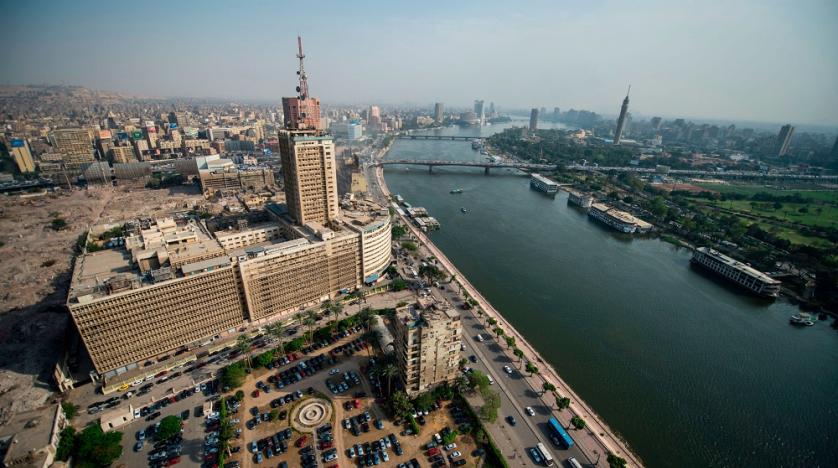Egyptian civilization has flourished continuously since prehistoric times. While the civilization’s rulers, writing, natural climate, religion and borders have changed many times over the millennia, Egypt still exists as a modern-day country.
The civilization has always been strongly connected with other parts of the world, bringing in and exporting goods, religions, food, people and ideas. At times ancient Egypt ruled territory outside the modern-day country’s border, controlling territory in what is now Sudan, Cyprus, Lebanon, Syria, Israel and Palestine.
The country was also occupied by other powers — the Persians, Nubians, Greeks and Romans all conquered the country at different points in time.
A number of names were used for Egypt in ancient times. A popular ancient name for Egypt was “Kemet,” which means the “black land.” Scholars generally believe that this name derives from the fertile soil that is left over when the Nile flood recedes in August.
The flooding of the Nile occurred between June and August and the fertile soil it created was vital to ancient Egypt’s survival, with fertility playing an important role in Egyptian religion. The burial of Tutankhamun — in which his penis was mummified erect — is but one example of how important fertility was in the rituals and beliefs of the ancient Egyptians.
The country’s ancient rulers are referred to today as “pharaohs,” although in ancient times they each used a series of names as part of a royal titular, wrote Ronald Leprohon, an Egyptology professor at the University of Toronto, in his book “The Great Name: Ancient Egyptian Royal Titulary” (Society of Biblical Literature, 2013). The word pharaoh actually originates from the term “per-aa” which means “the Great House,” Leprohon wrote. The term was first incorporated into a royal titulary during the rule of Thutmose III (reign ca. 1479–1425 B.C.) wrote Leprohon.
 Spices International Travel Group
Spices International Travel Group 